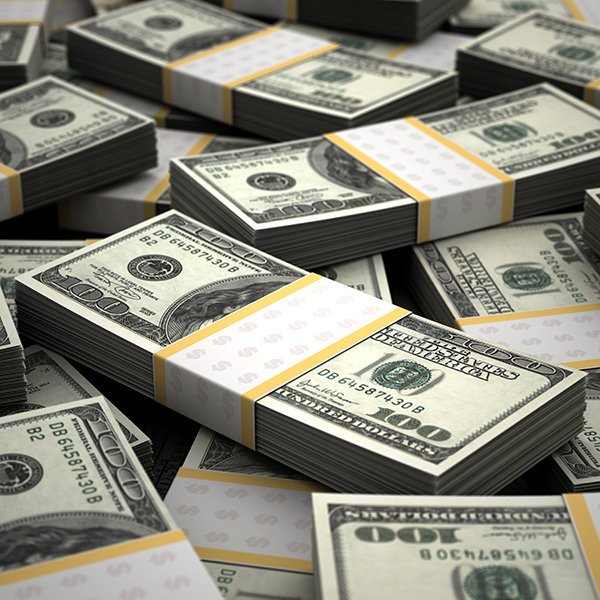U.S. inflation rose to a new four-decade peak of 8.5 percent in March compared to the same month a year ago, reports The Wall Street Journal. Economists note that the rise is driven by strong consumer demand, supply-chain disruptions, and escalating energy costs related to Russia’s invasion of Ukraine.
The Labor Department is expected to report today that the consumer-price index in March rose at its fastest annual pace since December 1981, when it was on a recession-induced downswing after the Federal Reserve aggressively tightened monetary policy.
This marks the sixth straight month for inflation above 6 percent and put it above February’s 7.9 percent annual rate–well above the Federal Reserve’s target, according to the report.
“We’re seeing strong inflation momentum across the board, both for goods and services,” said Blerina Uruci, U.S. economist at T. Rowe Price Group Inc. Uruci added that the supply-chain issues continue to push prices up, except for an easing of the costs for used cars.
“To me, this is a red flag,” said Uruci. “The other red flag is Russia’s invasion of Ukraine and the rise of Covid in China. Those pose risks that the so-called normalization of supply chains takes longer to materialize.”
Grocery bills are rising too, pushed up by steady price increases for meat, eggs, and citrus fruits. The disruptions of global wheat and fertilizer production caused by the Ukraine crisis is likely to add more pressure in coming months.
Consumers are starting to shift their shopping behaviors. According to Richard F. Moody, chief economist at Regions Financial Corp., consumer spending decelerated in February, rising 0.2 percent from January, though it remains strong—up 13.7 percent from the same month in 2021.
“There’s an element of sticker shock when people go to fill up their tank or go to the grocery store. Lower- and middle-income households are already having to make choices about what to buy because they’re having to pay so much more for food and energy,” Moody said. Full Story
Related: Specialty Food Makers Cautiously Raise Prices; Rising Wages Could Stall Inflation Decline.

